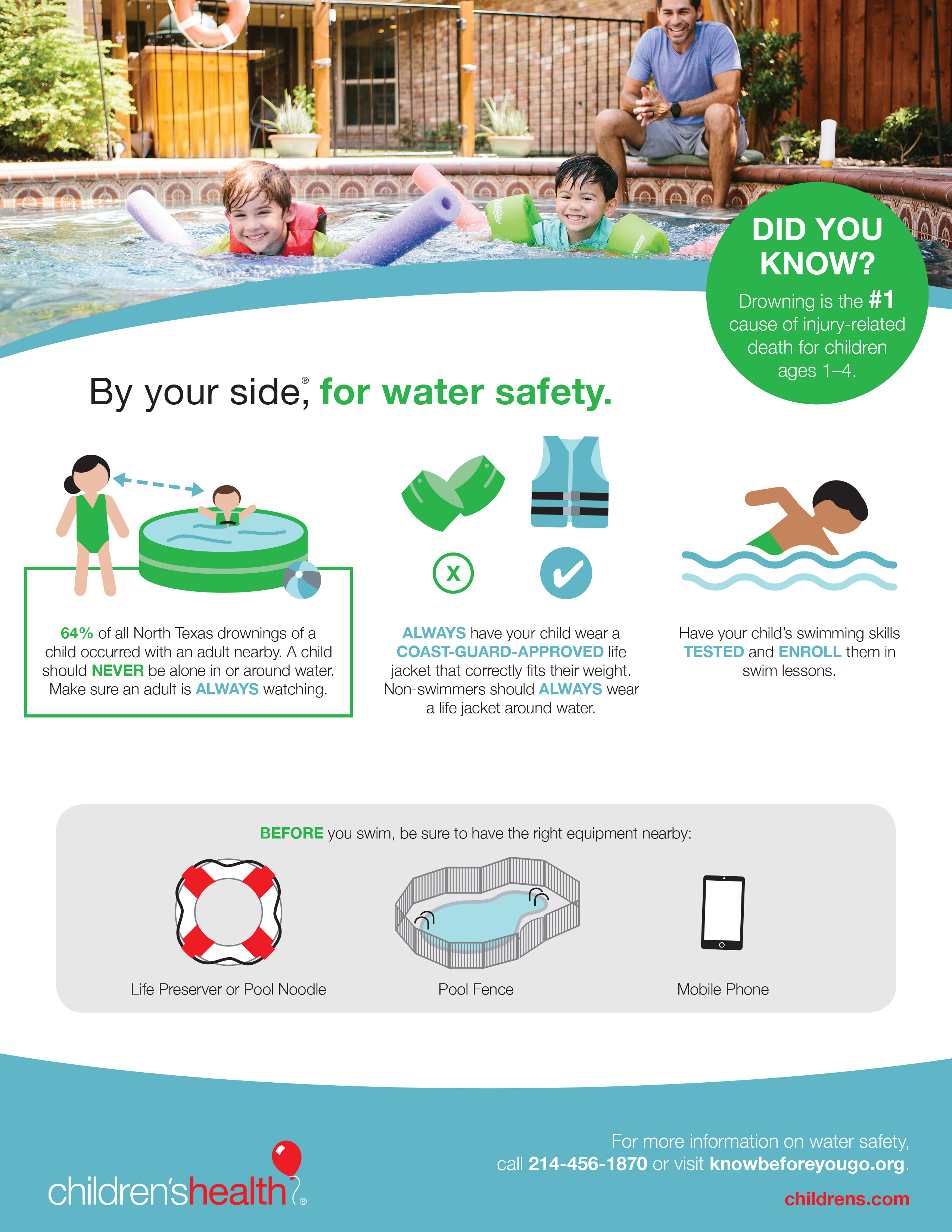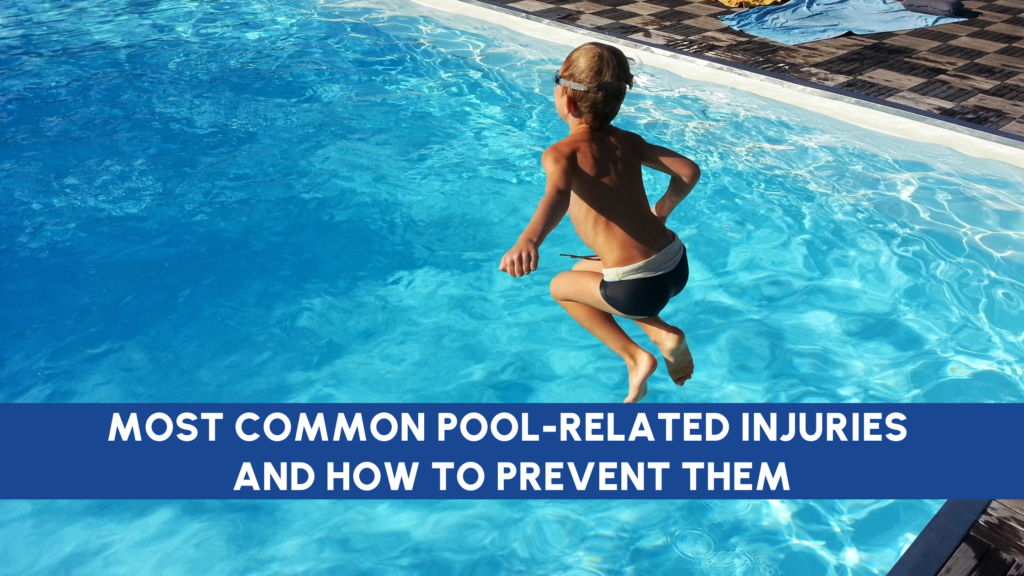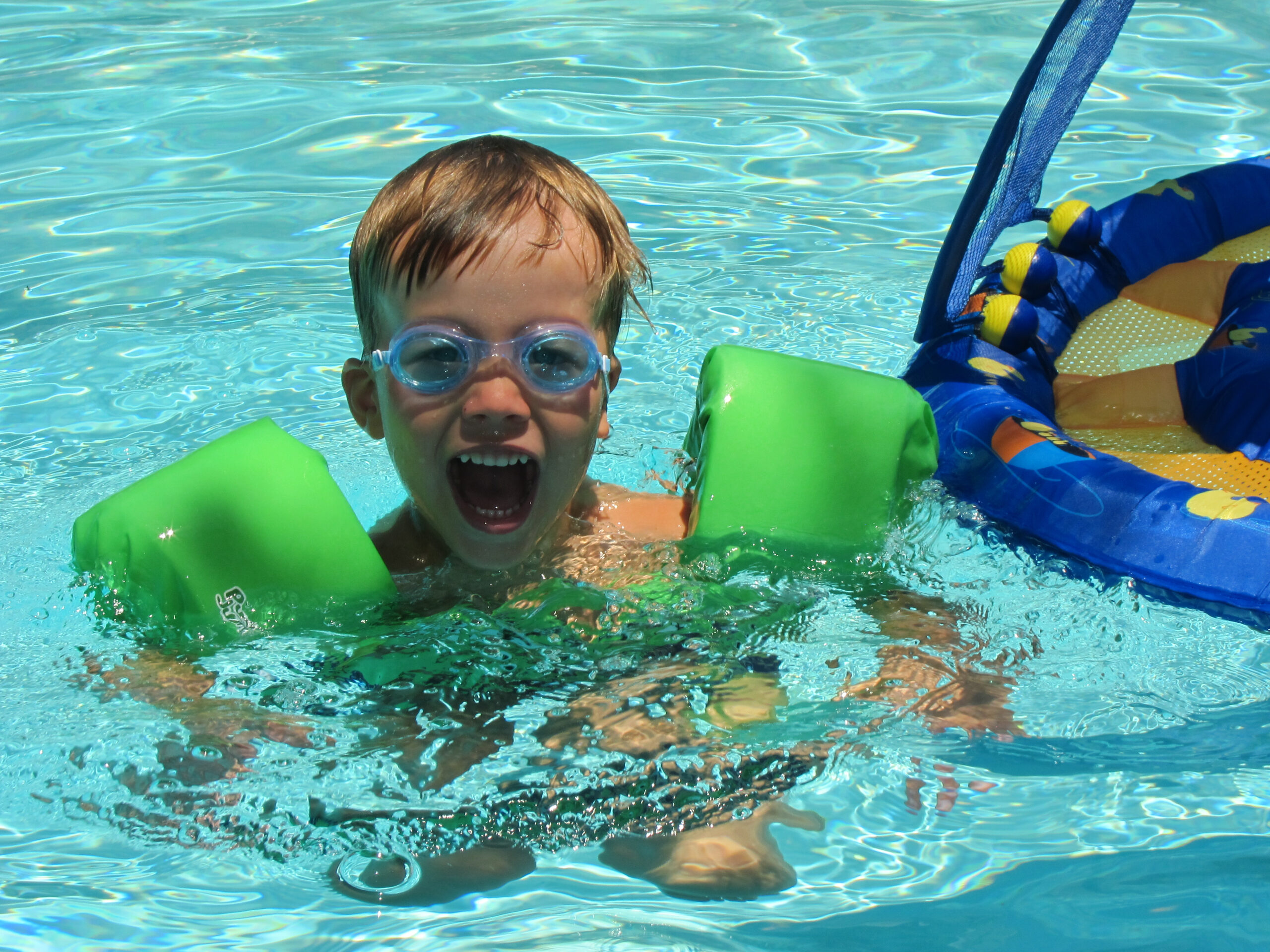Looking for ways to prevent common injuries in your inflatable pool? In this article, we’ll explore some key tips and precautions you can take to ensure a safe and enjoyable experience for you and your loved ones. From setting up the pool properly to implementing safety measures, we’ve got you covered. Let’s dive in!
Curious to learn more? In our upcoming article, we’ll delve into the specifics of preventing common injuries in inflatable pools. We’ll discuss topics such as choosing the right pool size, proper installation techniques, and essential safety measures. Stay tuned for expert advice and practical tips that will help you make the most of your inflatable pool experience while keeping everyone safe.
Preventing Common Injuries in Inflatable Pools

Introduction
Inflatable pools have become increasingly popular during the summer months, providing a convenient and affordable way to cool off and enjoy the water at home. However, it’s important to prioritize safety when using these pools to prevent common injuries and accidents. In this article, we will discuss various safety measures, guidelines, and precautions that can help ensure a safe and enjoyable experience in your inflatable pool.
Guidelines for Inflatable Pool Usage
Age recommendations and restrictions
When it comes to using inflatable pools, it’s essential to adhere to age recommendations and restrictions. These guidelines are put in place to minimize the risk of accidents and injuries. Always check the manufacturer’s instructions for the recommended age group for a specific pool. Ensure that young children are never left unattended in the pool and that older children are supervised by responsible adults.
Supervision guidelines for children
Even if a child is within the recommended age range, adult supervision is crucial at all times. Assign a designated supervisor who is responsible for actively monitoring the children in the pool. This supervisor should have a clear view of the pool and remain alert for any signs of distress or potential hazards.
Usage limitations and precautions
Inflatable pools are not designed for diving or jumping into from great heights. Discourage any risky behavior that may result in injuries, such as pushing or rough play. Additionally, be mindful of the maximum weight capacity of the pool and avoid overcrowding. Exceeding the weight limit can lead to structural damage and potential accidents.
Educating pool users
Proper education about pool safety is essential to prevent injuries. Teach pool users about basic water safety rules, including not running or pushing others in the pool, not diving into shallow water, and not swallowing pool water. Promote safe behavior and responsible use of the pool to reduce the risk of accidents.
Addressing Common Injuries in Inflatable Pools
Identifying potential risks
Awareness of common injuries that can occur in inflatable pools is crucial in preventing them. Some potential risks include slips and falls, collisions with other pool users or objects, swallowing pool water, sunburns, and heat-related illnesses. By recognizing these risks, you can take proactive measures to mitigate them.
Preventing slips and falls
Slippery surfaces around the pool can increase the risk of slips and falls. Use non-slip mats or rugs near the pool area to provide traction. Remind pool users to walk carefully and avoid running or rough play. Additionally, ensure that the area surrounding the pool is free from clutter or obstacles that could cause trips or falls.
First aid and emergency preparedness
Accidents can still happen despite taking precautions. Be prepared for emergencies by having a well-stocked first aid kit nearby. Familiarize yourself with basic first aid procedures, including CPR, and ensure that all pool users are aware of the location of the first aid kit and how to use it.
Promoting safe play and swimming
Encourage safe play and swimming practices to minimize the risk of accidents. Teach children proper swimming techniques and provide assistance or flotation devices for those who are not strong swimmers. Emphasize the importance of respecting others in the pool and avoiding dangerous behaviors.
Safety Measures for Inflatable Pool Setup
Choosing a suitable location
Select a suitable location for your inflatable pool that meets the necessary safety requirements. Avoid placing the pool near obstacles such as trees, fences, or electrical wires. Ensure that there is sufficient space around the pool to prevent any accidental collisions.
Leveling and secure anchoring
Ensure that the ground where the pool will be placed is level and free from any sharp objects or debris. Uneven surfaces can cause instability and increase the risk of tipping or collapsing. Additionally, make sure to securely anchor the pool to prevent it from being moved or tipped over by strong winds or accidental bumps.
Utilizing safety features
Many inflatable pools come with built-in safety features to enhance their structural integrity and safety. These may include reinforced sidewalls, sturdy frames, or safety valves. Familiarize yourself with the specific safety features of your pool and ensure that they are properly utilized.
Supervision and guidelines
As previously mentioned, proper supervision is crucial for maintaining safety in inflatable pools. Set clear guidelines for pool usage and behavior, and ensure that all pool users, especially children, are aware of these rules. This will help avoid accidents and promote a safe environment for everyone.

Proper Inflating Techniques for Inflatable Pools
Recommended inflation methods
Follow the manufacturer’s instructions for the recommended inflation methods for your specific pool. This may involve using an air pump, manual inflation, or a combination of both. Avoid using excessive force or pressure during inflation, as it can lead to over-inflation and potential damage to the pool.
Avoiding over or under-inflation
Properly inflating an inflatable pool is essential for maintaining its structural integrity and preventing injuries. Over-inflation can lead to leaks or bursts, while under-inflation can cause instability and potential collapses. Follow the recommended inflation levels provided by the manufacturer and regularly check the pool for any signs of deflation.
Maintaining optimal pressure
Check the pressure of the pool regularly to ensure that it remains at the optimal level. Extreme changes in temperature can cause air pressure fluctuations, so it’s important to monitor and adjust the pressure accordingly. This will help prevent the pool from becoming too firm or too soft, reducing the risk of accidents.
Checking for leaks
Leaks can compromise the safety and stability of an inflatable pool. Regularly inspect the pool for any signs of leaks or damage, such as hissing sounds or visible punctures. If a leak is detected, follow the manufacturer’s instructions for repairing or replacing the damaged area to maintain the integrity of the pool.
Maintenance Practices for Inflatable Pools
Cleaning and sanitization routines
Regular cleaning and sanitization of your inflatable pool are essential for preventing the growth of bacteria and maintaining water quality. Follow the manufacturer’s instructions for using appropriate cleaning agents and sanitizers. Additionally, establish a routine for removing debris, leaves, and other foreign objects from the pool.
Preventing water stagnation
Stagnant water can become a breeding ground for mosquitoes and other pests. To prevent this, make sure to drain and refill the pool periodically. Avoid leaving the pool filled with water when not in use for an extended period. This will help maintain the water’s cleanliness and prevent potential health risks.
Managing water chemistry
Proper water chemistry is crucial for the safety and comfort of pool users. Regularly test the water’s pH levels and chlorine levels, and adjust them as needed. Follow the recommended guidelines for water treatment products and consult with professionals if necessary.
Storing and protecting the pool
When the pool is not in use, ensure that it is properly stored and protected. Clean and dry the pool thoroughly before deflating and folding it. Store it in a cool and dry place away from direct sunlight and extreme temperatures. Proper storage will prolong the lifespan of the pool and minimize the risk of damage.

Conclusion
Inflatable pools provide a fun and accessible way to enjoy the water, especially during the hot summer months. However, it’s important to prioritize safety and take proactive measures to prevent common injuries and accidents. By following the guidelines and safety measures discussed in this article, you can create a safe and enjoyable environment for you and your family to make lasting memories in your inflatable pool. Remember, responsible use and pool safety awareness are key to preventing injuries and enhancing your overall experience. So, stay safe, have fun, and make the most of your inflatable pool!
